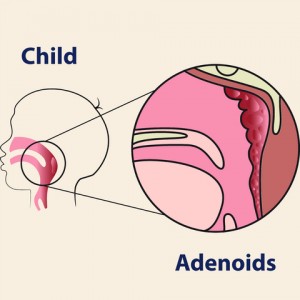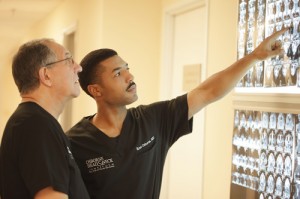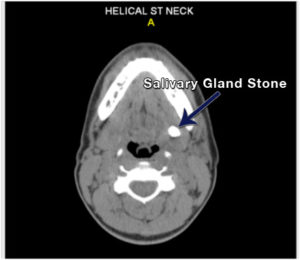
- Inspire – Upper Airway Stimulation and Sleep Apnea - September 25, 2017
- Treatment of Recurrent Respiratory Papillomatosis - September 25, 2017
- India Medical Mission 2018 - November 1, 2018
- Sleep Disorders: Sleep Apnea and Upper Stimulation Therapy - August 25, 2015
- The Naked Vocalist Podcast Featuring Dr. Reena Gupta - May 27, 2015
- New Therapy for Sleep Apnea – First Sleep Pacemaker placed in California at Osborne Head and Neck Institute. - December 12, 2014
- Boxer’s Ear: Can your ear explode? - December 12, 2014
- Nose Picking (Rhinotillexis) and Septal Perforations: Why I should stop picking my nose…? - November 24, 2014
- Deviated Septum and Septal Perforation - July 28, 2014
- Hereditary Hemorrhagic Telangiectasia: Nasal Septal Perforation Repair - June 25, 2014
- Dr. Mantle recognized at the Beverly Hills Medical Science Academy Awards - May 8, 2014
- Commonly Misdiagnosed Pathologies: Arteriovenous Malformations - April 9, 2014
Recurrent respiratory papillomatosis (RRP) is a rare disease that is characterized by the growth of benign tumors in the respiratory tract caused by the human papilloma virus (HPV). Although they primarily occur in the larynx, these growths may spread downward and affect the trachea, bronchi, and occasionally the lungs in severe cases. A distinguishing aspect of this disease is the tendency for the papilloma to recur after surgical removal procedures. Hence the term “recurrent” in the name RRP.
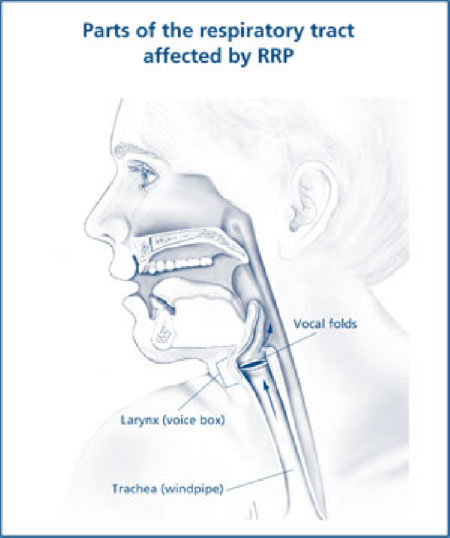
Treatment and Diagnosis
RRP can occur in both adults and children; however, the disease does present itself more commonly in children. Children with RRP are almost always diagnosed before age 10 and even before age 5. Although the disease is rare, statistics and studies show that children delivered vaginally to young mothers with condyloma, genital warts caused by HPV, are at the greatest risk. When RRP occurs in adults, the disease shows a slight tendency for males in their 30’s, although age varies. Diagnosis of RRP patients is almost impossible without the use of videostroboscopy or another form of laryngoscopy to view the airway.
Symptoms include the following:
- Hoarseness
- Difficulty breathing
- Sensation of foreign body in the throat
- Throat discomfort
Although extremely complex, treatment of RRP is most effective when diagnosed correctly at an early stage. Surgery is the primary method for removing the warty growths from the larynx. There is currently no cure for RRP. The main goal of growth removal through multiple surgical procedures is to ensure an unobstructed airway. Surgery usually includes a combination of cutting the papilloma off with traditional instruments as well as using laser technology. In severe cases, anti-viral medications are used in conjunction with surgical removal to help prevent the regrowth of papilloma. These medications include Interferon and Cidofovir, which prevent the growths from copying themselves and growing. Along with these anti-viral medications, Indole-3-carbinol is sometimes also used as a cancer fighting agent.
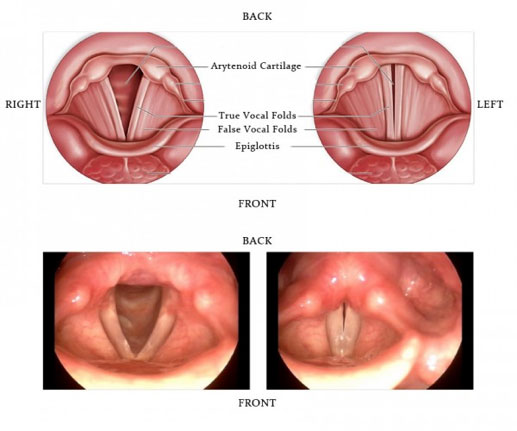
After surgical removal, the patient’s voice is commonly hoarse; however, they will be able to speak with greater amplitude than before. Unfortunately, in most cases, the growths will continue to reoccur after surgical removal. The rate at which these growths reoccur will depend on a case-by-case situation.
To learn more about recurrent respiratory papillomatosis or HPV, please visit: www.ohni.org.

